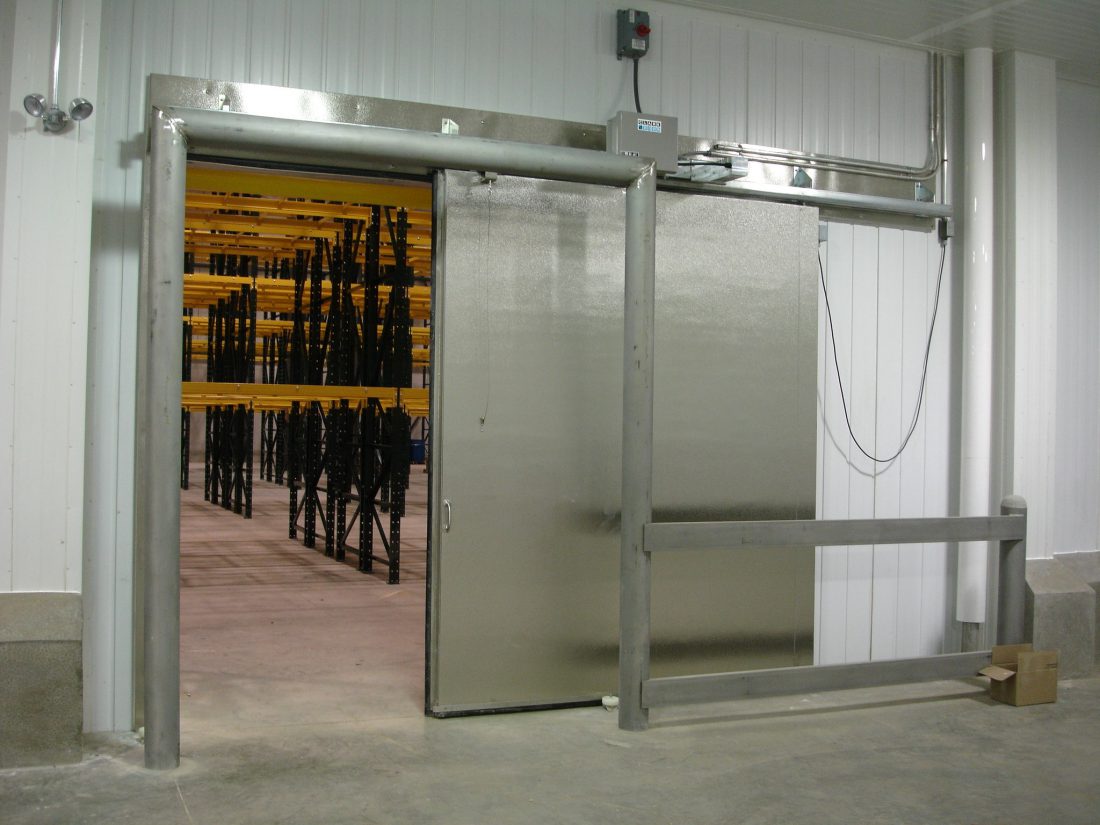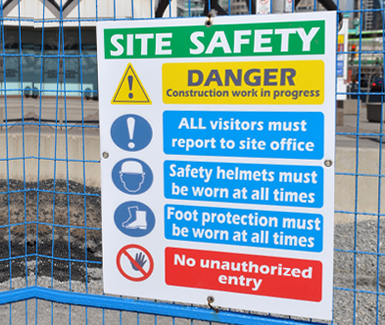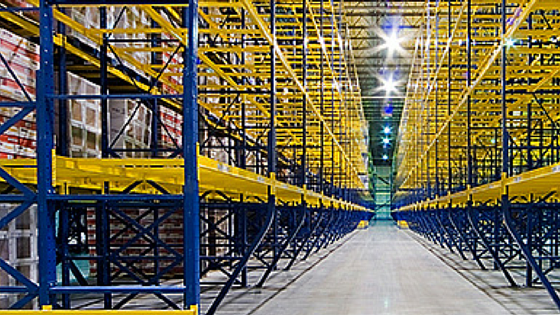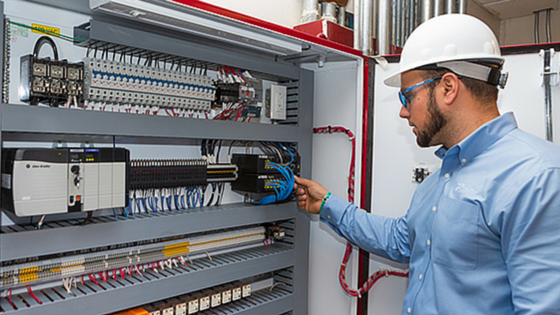Are Your Doors Wasting Your Food Plant’s Energy?
Did you know a single weak link in your building envelope can have a major impact on your food plant’s energy efficiency? Take your facility’s doors and door openings. In an otherwise well-insulated and well-designed facility, an improperly designed door opening can erase a big portion of energy and utility savings. Your entire building envelope, from the windows to the walls, must be tightly sealed to achieve the utmost energy efficiency—including the doors.
Continue Reading “Are Your Doors Wasting Your Food Plant’s Energy?”





![[Infographic] 5 Important Factors for Selecting a Site for Your New Food Plant](https://stellarfoodforthought.net/wp-content/uploads/2016/03/5-FACTORS-FOR-FOOD-PLANT-SITE-SELECTION.png)






![[Infographic] 4 Steps in Developing a Manufacturing Plan](https://stellarfoodforthought.net/wp-content/uploads/2015/10/4-steps-in-developing-a-manufacturing-plan.jpg)